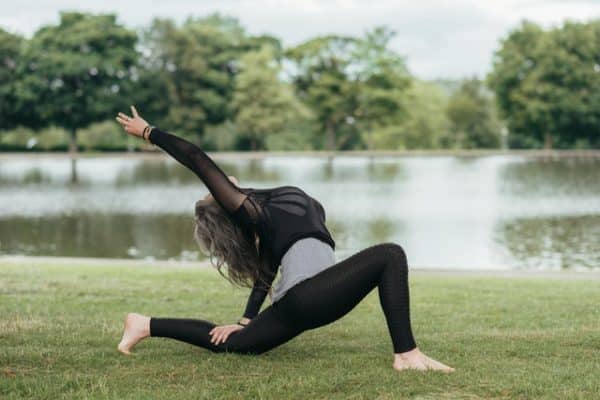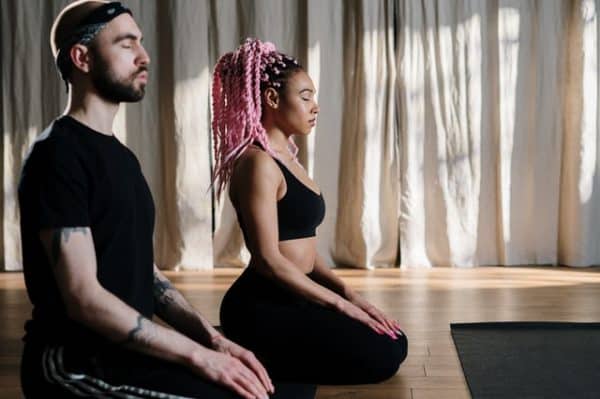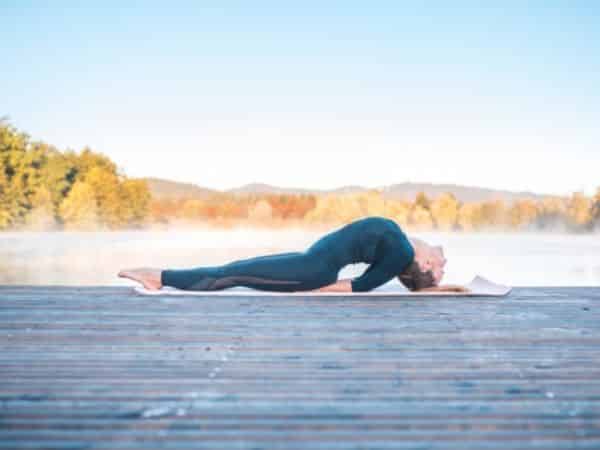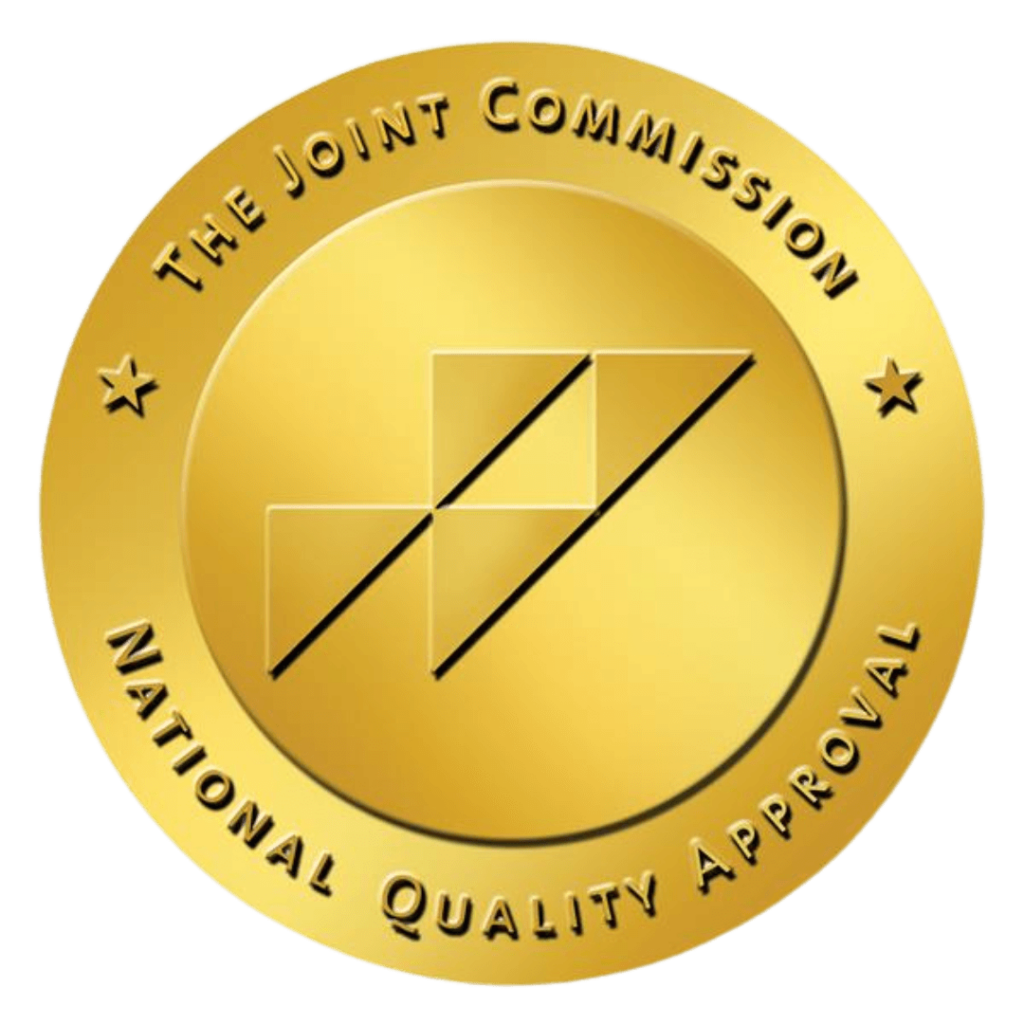
Developing one’s will to resist addiction is hard. It takes a lot of physical, emotional, and mental effort on the part of the patient. Thankfully, there are traditional and alternative therapies available to help overcome withdrawals and cravings. Using yoga for addiction recovery has helped empower people to find freedom from their battle against alcohol or drug addiction.
What is Yoga?
Yoga is an eastern discipline that uses physical movements, meditation, and breathing techniques to boost one’s physical and mental well-being. It is a form of exercise that can promote mental clarity, serenity, and stability.
Spending time stretching your body into various yoga poses can help reduce stress and anxiety, improve muscle strength, boost flexibility, support cardiovascular health, promote better sleep, and improve the overall quality of life.

Given these benefits, it’s not surprising how yoga for addiction has been a common practice these days. Without any expensive equipment or specialized tools, patients can do it as a part of their therapy to help overcome relapse triggers.
How To Do Yoga For Addiction Recovery?
Yoga can create positive changes in the brain, making it ideal for those recovering from addiction. Let’s take a closer look at how yoga sessions can support your recovery.
It grounds the person to the present.
Getting over an addiction is as much a mental challenge as it is a physical one. The person in recovery must be present throughout their treatment so they could understand and process their addiction triggers thoroughly. These include emotions, thoughts, and situations that usually push them to the edge.
Yoga anchors the mind to the present. It increases one’s awareness of the current situation instead of looking away from it. Through regular practice, yoga can make every second of their recovery count.
It relaxes the mind.

A study published in the Journal of Alternative and Complementary Medicine showed how yoga increases gamma-aminobutyric acid (GABA) in the brain. GABA works as the body’s naturally occurring tranquilizer to reduce stress and anxiety. The more GABA is produced, the less anxiety and stress one feels. Stress is likely to occur among recovering drug dependents as they fight withdrawal symptoms. The GABA production does make yoga for addiction and depression worth trying.
It may help normalize brain function.
Addiction can cause normal brain function to go haywire. It fries the brain’s pathways that regulate emotions, make good decisions, feel pleasure, and control impulses. But as the person stops using the addictive substance, these pathways may fix themselves. Yoga may be able to help with that.
It develops one’s confidence.
One of the root causes of addiction is insecurity. The lack of self-confidence may lead to a spiraling addiction. Fortunately, yoga builds confidence in the practitioner with every yoga pose perfected. The more complicated one’s next yoga pose is, the more confident one might feel with themselves. For those who need that push, enrolling in yoga for addiction recovery near me may just be the confidence booster they need.
It helps kick destructive habits away.
Yoga improves one’s self-awareness. It forces the person to look deep inside them and acknowledge the triggers and bad habits that pushed them to addiction. It highlights the compulsive and destructive behaviors that come hand in hand with being dependent on substances.
10 Yoga Exercises to Do for Addiction Recovery
Some yoga poses can promote the transformation the mind and body need to triumph over addiction. These include the following:
1. Fish pose
The fish pose extends the front of the body, including the throat, chest, abdomen, hip flexors, and the muscles between your ribs. It also strengthens the muscles in the back of the neck, improving the flexibility and posture of your spine.

This pose also opens up the lungs and improves your breathing. Practicing this pose regularly can energize the body and relieve you of fatigue, stress, and anxiety.
2. Yogi bicycles
Yogi bicycles prepare the body for any yoga poses that aim to lengthen muscles. This pose also builds heat in the solar plexus chakra, which affects one’s confidence levels.
3. Spinal breathing pranayama
It is important to breathe right when you do yoga. Proper pranayama practice will help you focus better and center on the present. It helps improve self-awareness and avoid addictive and destructive behaviors.
4. Low lunge
When you lunge low, it stretches the groin, poses, and hip flexors. These are areas often affected by emotional trauma. Every time you stretch your body in a lunge, don’t forget to exhale, release the tension from your body, and open your hips more.
5. Downward facing dog
Getting down into a downward-facing dog pose relieves the body of stress and tension. At the same time, it also strengthens muscles and gets rid of both mental and physical tension.
6. Pigeon pose
This pose opens up your hip, releasing stored negative emotions or energy from the body. It works well in calming the nervous system. If you feel anxious that your addictive behaviors are coming back, this can soothe your nerves and alleviate your mental stress.
7. Legs-up-the-wall
Rejuvenate the mind and body by spending time on your head with your legs up the wall. Spending ample time in this pose can promote better circulation and relieve your anxiety and depression.
8. Sage twist
Twist as much as your body can accommodate. This releases the negative energy within the nervous system and relaxes the mind and body.
9. Warrior I
Strike the Warrior I pose to stay present every time you notice stressors or triggers around you. It can prevent addictive behaviors from surfacing again. Do this yoga pose if you are faced with an unpleasant situation that causes deep-seated negative emotions to come out. Release them from your thighs, hips, lower back, and calves. If you are looking for yoga for alcohol addiction because of constant exposure to triggers, master this pose.
10. Corpse pose
Be still and be quiet when you do the corpse pose lying down. There is no other movement involved, but the challenge is in maintaining that stillness for a few minutes.
When you practice yoga, remain in these poses for three breaths as a minimum. The more you practice, the longer you can hold your poses. When you do yoga, focus on the sensations and thoughts that arise with every pose. Monitor your thought patterns when you meditate, sit, put your legs up, and move. Then, redirect those thoughts to convince yourself you are on your way to healing.
Where to Find Yoga for Addiction Treatment Center in California
In conclusion, recovering from an addiction can make you feel like you are constantly fighting an uphill battle. But don’t worry, you can restore your optimal health and overcome substance abuse challenges with the help of experts.
We, at Restore Health and Wellness Center, are focused on treating different kinds of addiction. Aside from using yoga for addiction recovery, we also provide residential, intensive outpatient, partial hospitalization, sober living, and outpatient treatments to heal your body, mind, and soul.
If you are looking for a non-invasive treatment for addiction in California, Restore Health and Wellness Center offers traditional and alternative therapies. You may contact us at (888) 979-4570 or visit our center at 6918 Owensmouth Ave., Canoga Park, CA 91303.





